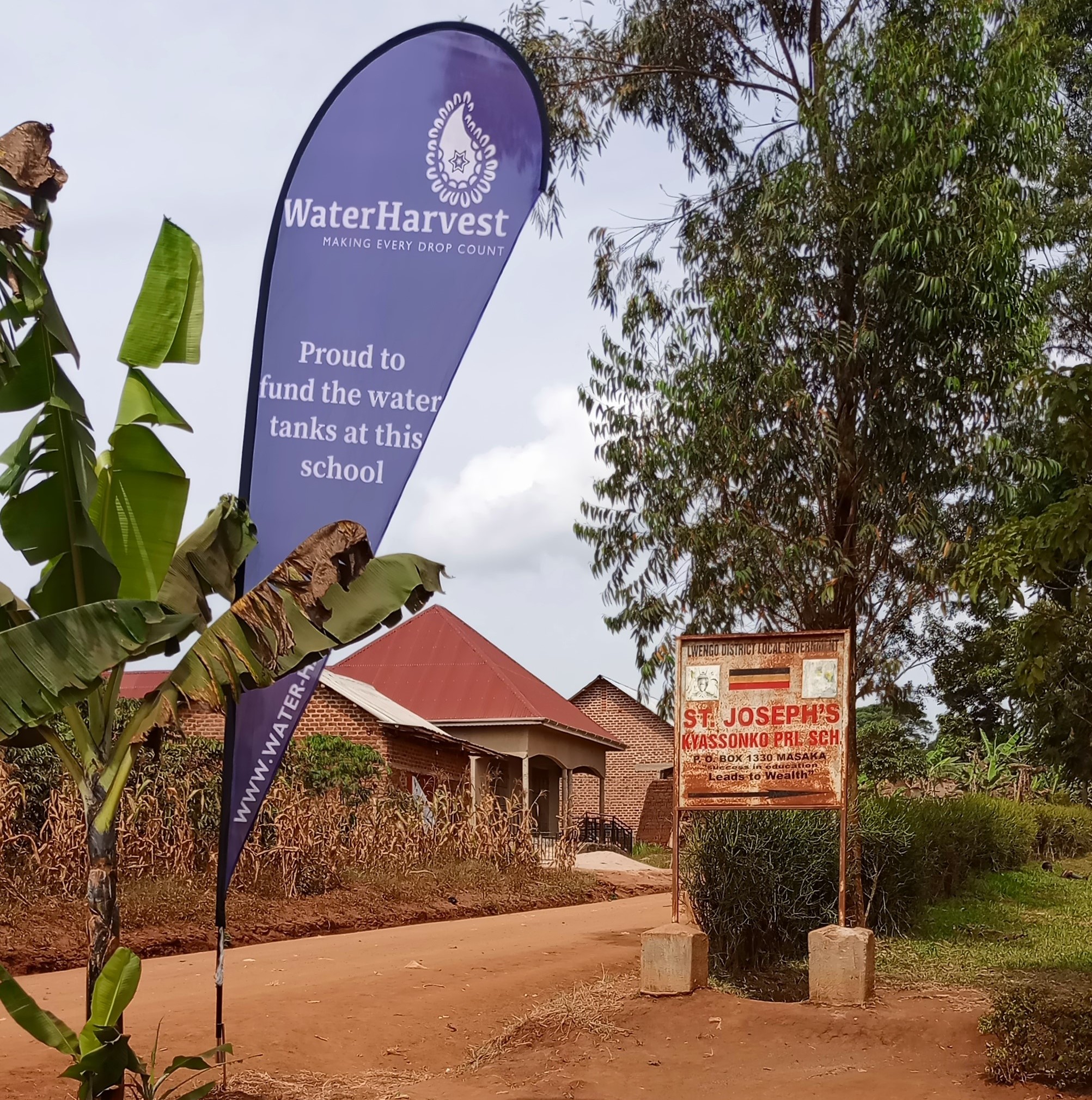Following a good monsoon, our water harvesting structures are now full.
Our projects depend on a good monsoon. It’s what we do. It’s in our name – we harvest water. We need the rains in order for the structures to work. Whilst the monsoons do come every year, some areas can receive hardly any rain at all. Last year, the structures in our project in the Rann of Kutch received very little rain. As we wrote in our blog ‘Why is the Monsoon so important?’ on the 14th June, we waited anxiously to see what this year’s monsoon would bring. This year Rajasthan and Gujarat received above average rainfall. As of 10th October, Rajasthan had received more than 800mm of rain – well above average levels. As a result, the rain water harvesting structures across our projects are full.
A good monsoon
Over the last few years, the monsoons have become more and more erratic. In 2018, the monsoon was limited and patchy. Some of our structures were full, some only half full and others received almost no water at all. As a result, this year we were very pleased to see the rains coming. The monsoon rains began in July and quickly the structures filled. We watched the rainfall in the Rann of Kutch closely and anxiously, hoping that last year would not repeat itself. The rains did not arrive until August. However, it then rained solid for 7 days and the structures are now full.
Rain for the year ahead
When the monsoons come, the rain lands on the catchment areas and then flows into the rain water harvesting structure. The catchment area must be kept clean. It is fenced off from animals to prevent the bacteria from their faeces getting into the structure. With our roof rain water harvesting structures, the rain falls onto the roof. Once the powerful rain has ‘cleaned’ the roof, a lever is pushed and the rain begins to flow into the collection tank. The tanks then fill up with rainwater. Most of our tanks can hold around 21,000 litres of water and if used sparingly – for drinking and cooking only – this will be enough water for a family of five or six to last the year.

Dam still recharging since 1991
Ram Nagar Dam is one of the first dams ever built by WaterHarvest in 1991. Om Prakash Sharma – our India Director – was then working with AFPRO and designed this dam. Now, after 29 years, this dam is still recharging many wells downstream, providing not only pure drinking water but also water for winter crops. This is just one example of the longevity of our work.
Chaukas and ponds are filled
Chaukas – a hindi word meaning four corners or rectangle – are a system of bunds dug into the pasture land. When the monsoon comes, the rains – rather than running of the hard ground – are ‘held’ in the chaukas and percolate down into the ground. This allows the grasses to grow, creating pastureland for the cattle. As a result, herders can graze their cattle and earn a living in their local communities. As a result, they stay with their families, rather than leaving for the cities in search of work.
In addition to renovating taankas, several of our projects include the renovation of ponds. These ponds are in the villages and used for washing and animals.
Too much of a good thing?
As we all know in life, you can have too much of a good thing. Whilst the heavy rain was welcomed as it filled up the structures, the monsoon also brought floods in some places. Much like what we see in the UK, the floods bring devastation to many areas. This photo from Jaipur in August shows the destruction that the flooding brings.

Ground water levels still low
Although Rajasthan and Gujarat have had a good monsoon, ground water levels remain very low. The focus on water harvesting – and using water wisely – remains very important. India has been classed as one of the most highly water stressed countries in the world, where demand is more than supply.
A simple, sustainable solution
Over the last year, we have built 100 roof rain water harvesting structures, 104 taankas, renovated 7 traditional wells, renovated 1 step well, built 48 chaukas and two ponds. Each one of these structures helps bring clean drinking water to a family year after year after year. The water harvesting structures we build are simple and sustainable. The structures are made of locally available materials and require little maintenance. They will last for at least thirty years. Help us to build more rain water harvesting structures before the next monsoon season!
This week’s blog was written by Om Prakash Sharma and Nicola Floyd on 8th November 2019.







